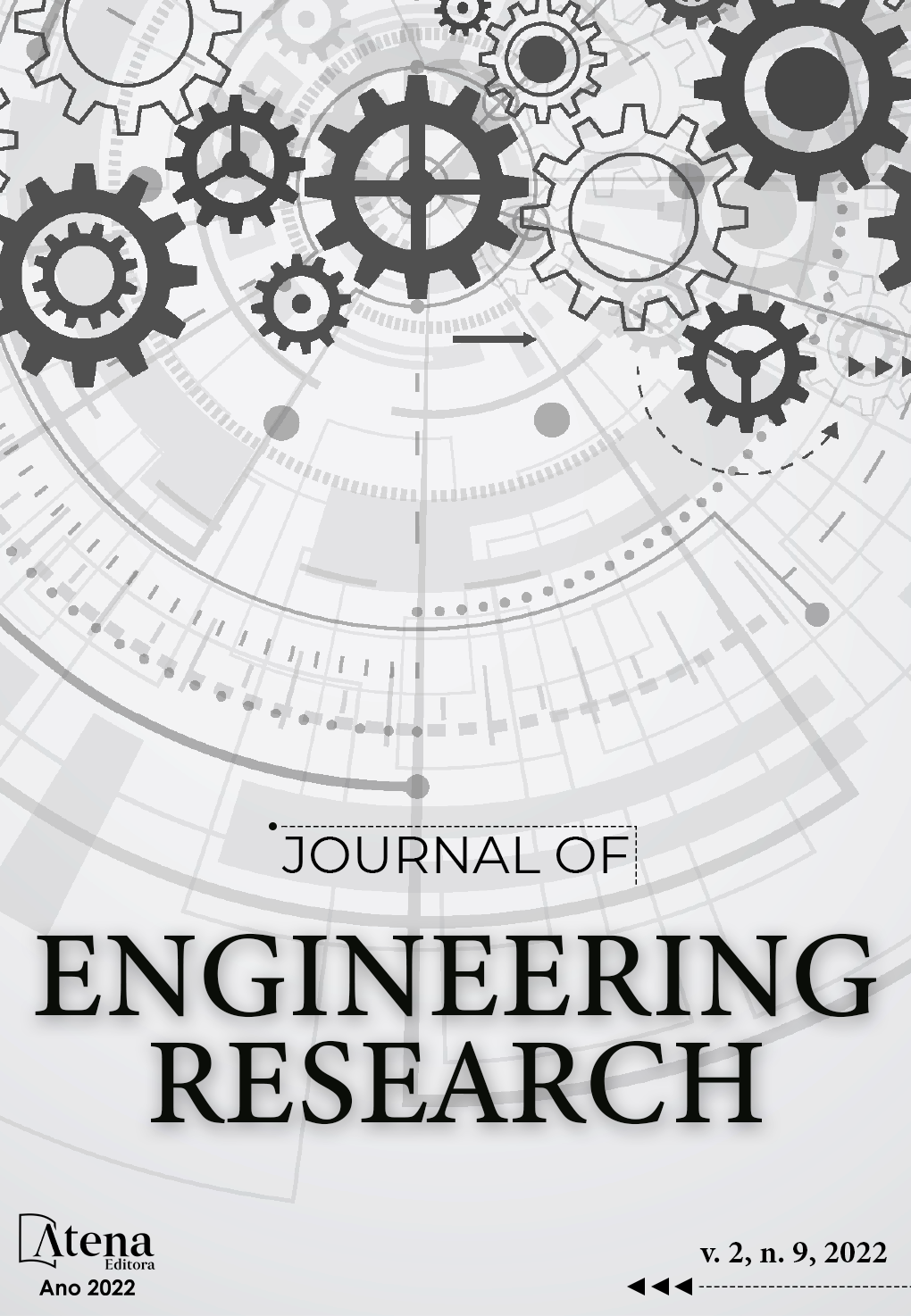
EVALUATION OF FINAL EFFLUENT REUSE IN OIL REFINERY AIMING TO REDUCE WATER CAPTURE
Industries are increasingly being pressured to seek viable alternatives for water supply, in order to maintain the sustainability of their operations, without neglecting the preservation of the environment. This pressure is exerted both by regulatory bodies, through restrictions in relation to the granting of permissions for the use of surface and groundwater, prioritizing public supply, and more restrictive standards for the release of industrial effluents, and by society, as a water crisis sets in on the national scene, reinforcing the influential roles they play in this dynamic. With this finding, the reuse of final effluents in an oil refinery has great potential for reducing water consumption. Therefore, the present work presents the design philosophy of a final effluent reuse system in an oil refinery, aiming to minimize the uptake of water in a spring, located in the Southeast region of Brazil, in a basin where, due to Due to water stress and high population density, the demand for water resources is subject to conflict. In addition, reuse would allow, as an additional benefit for the community, a significant reduction in the discharge of industrial effluents into the receiving water body. Based on the refinery's water balance, a reverse osmosis demineralization system was adopted as a tertiary treatment stage, after a membrane bioreactor (MBR), with the objective of placing the water for replacement in the cooling towers of the refinery. refinery. Thus, in the simulations carried out, it was possible to obtain reuse water flows between 900 m³/h and 1,700 m³/h, depending on the operational scenario. Thus, a potential reduction of 43% to 82% was estimated in relation to the current intake flow, close to 2,600 m³/h.
EVALUATION OF FINAL EFFLUENT REUSE IN OIL REFINERY AIMING TO REDUCE WATER CAPTURE
-
DOI: 10.22533/at.ed.317292207064
-
Palavras-chave: Reuse of industrial effluents, reverse osmosis, oil refinery, reduction of water uptake, water balance.
-
Keywords: Reuse of industrial effluents, reverse osmosis, oil refinery, reduction of water uptake, water balance.
-
Abstract:
Industries are increasingly being pressured to seek viable alternatives for water supply, in order to maintain the sustainability of their operations, without neglecting the preservation of the environment. This pressure is exerted both by regulatory bodies, through restrictions in relation to the granting of permissions for the use of surface and groundwater, prioritizing public supply, and more restrictive standards for the release of industrial effluents, and by society, as a water crisis sets in on the national scene, reinforcing the influential roles they play in this dynamic. With this finding, the reuse of final effluents in an oil refinery has great potential for reducing water consumption. Therefore, the present work presents the design philosophy of a final effluent reuse system in an oil refinery, aiming to minimize the uptake of water in a spring, located in the Southeast region of Brazil, in a basin where, due to Due to water stress and high population density, the demand for water resources is subject to conflict. In addition, reuse would allow, as an additional benefit for the community, a significant reduction in the discharge of industrial effluents into the receiving water body. Based on the refinery's water balance, a reverse osmosis demineralization system was adopted as a tertiary treatment stage, after a membrane bioreactor (MBR), with the objective of placing the water for replacement in the cooling towers of the refinery. refinery. Thus, in the simulations carried out, it was possible to obtain reuse water flows between 900 m³/h and 1,700 m³/h, depending on the operational scenario. Thus, a potential reduction of 43% to 82% was estimated in relation to the current intake flow, close to 2,600 m³/h.
-
Número de páginas: 13
- Gustavo Neves Duarte
- Paul Antoine Valery Nunes
- Rubens André Bignetti
- Silvia Lima Touma


